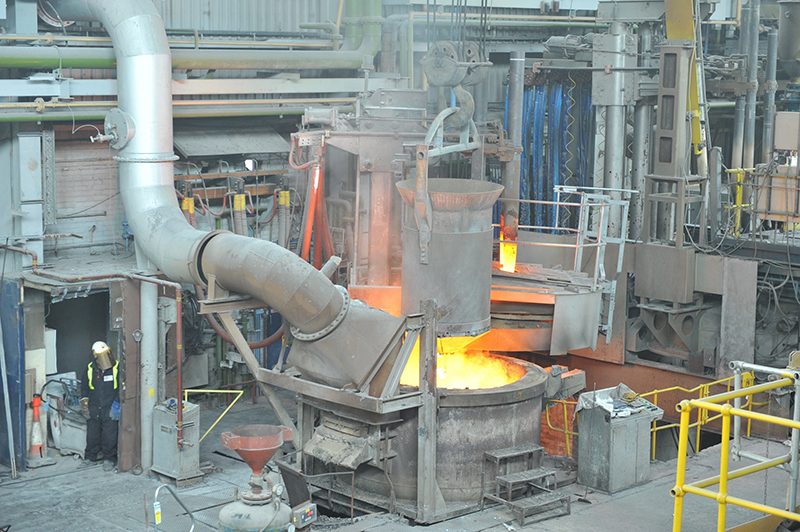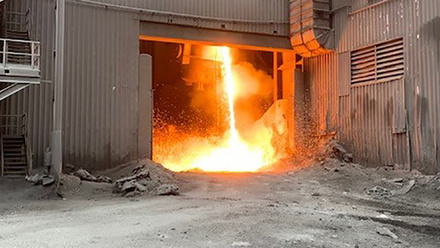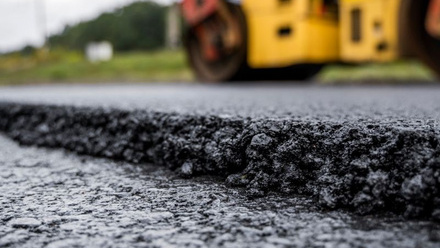Cement 2 Zero project starts trial melting
The first trial melt has begun on a project to develop zero-emissions cement at industrial scale.

Dr Cyrille Dunant at the University of Cambridge, UK, invented the process by discovering that the chemical composition on used cement is vritually idential to that of lime-flux used in conventional electric arc furnaces (EAFs).
By replacing lime-flux with used cement paste for steel recycling, the resulting slag could, in turn, create a zero-emissions cement in a closed-loop process, propose scientists.
The pilot-scale experiments use the flux material with end-of-life recycled cement processed by Day Aggregates and international mining and minerals group LKAB, using scrap steel inputs from CELSA.
Cement 2 Zero is designed to advance the decarbonisation of the construction, cement and steel sectors by ensuring the process can be scaled up from laboratory to pilot plant.
Partner organisations include the Material Processing Institute, the University of Cambridge, CELSA Steel UK, Atkins, Balfour Beatty, Day Aggregates and Tarmac.
The trial melt uses the MPI's seven-tonne EAF at its Teeside campus.
Three further melts using the furnace are planned, and once trialled, developed and de-risked, a series of further industrial-scale trial melts will be held at CELSA's EAF furnace in Cardiff.
Tarmac is starting to test the new clinker to understand the grinding properties and assess key performance criteria.
Chris McDonald, Chief Executive Officer at the Materials Processing Institute, says, 'The initial trial melt is a critical part of the project and a huge step towards creating a more efficient, environmentally friendly, and resource conscious manufacturing process contributing to the decarbonisation of the construction, cement and steel sectors.'








